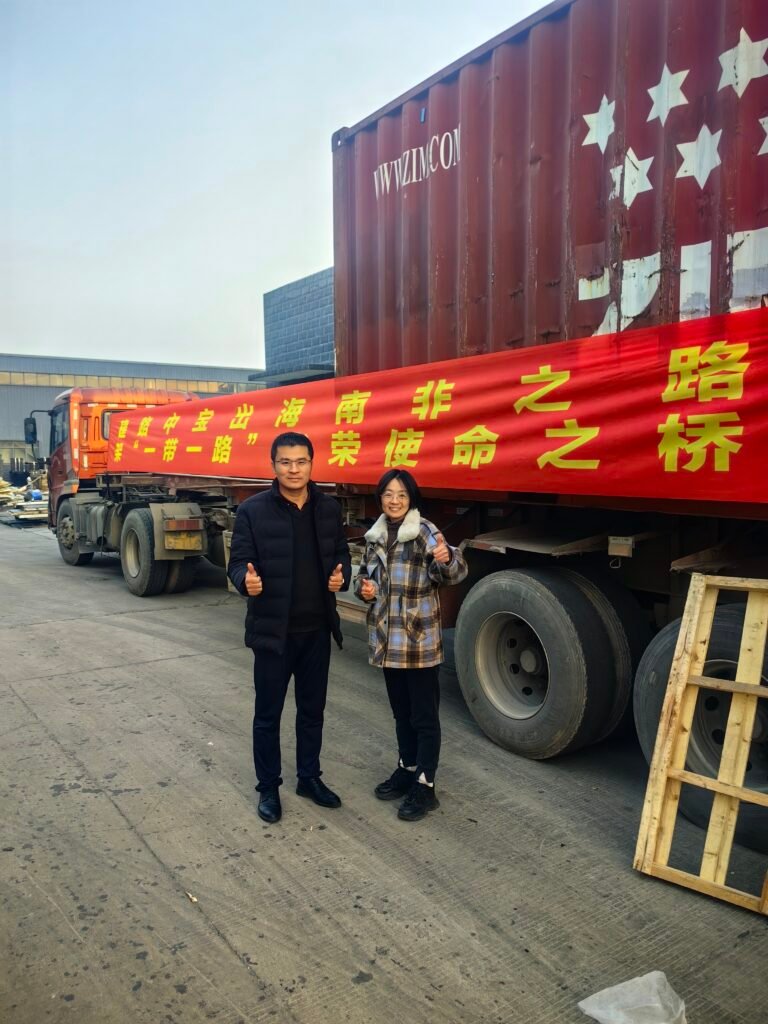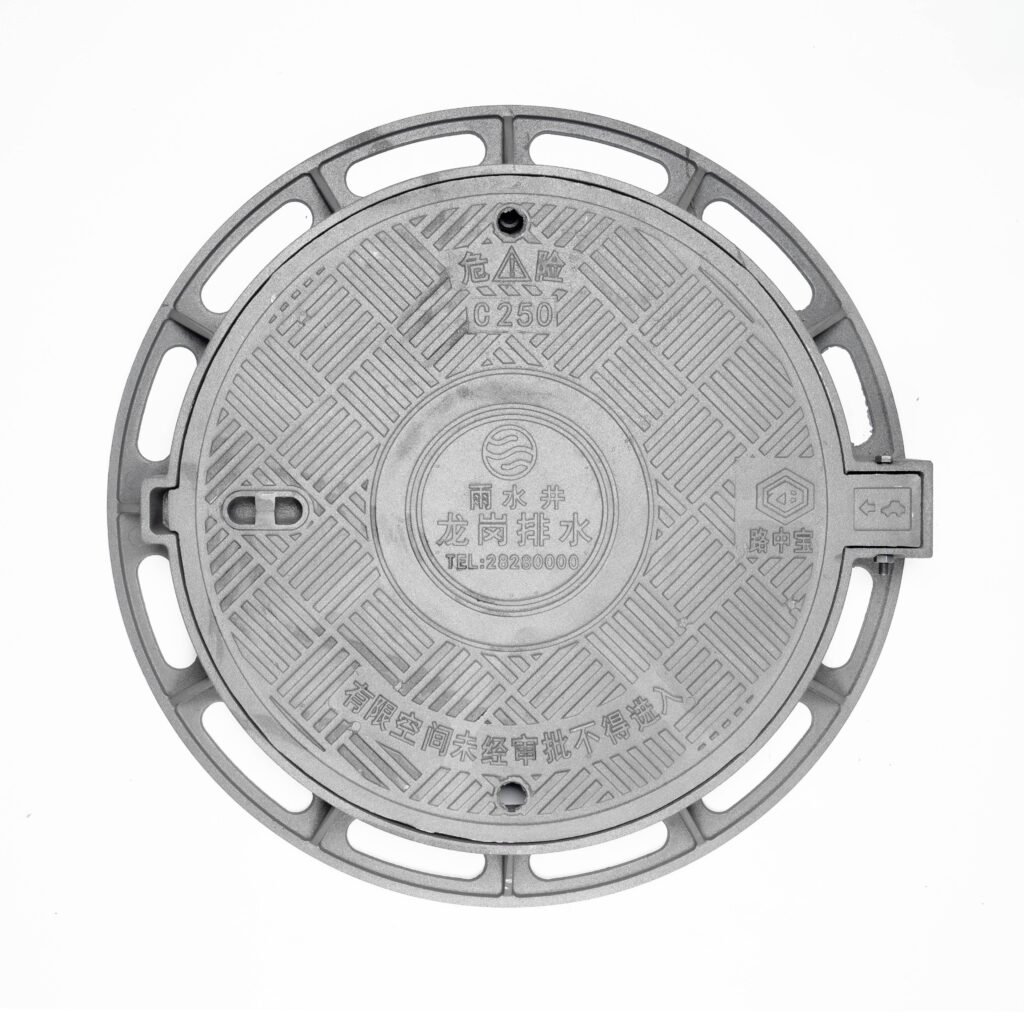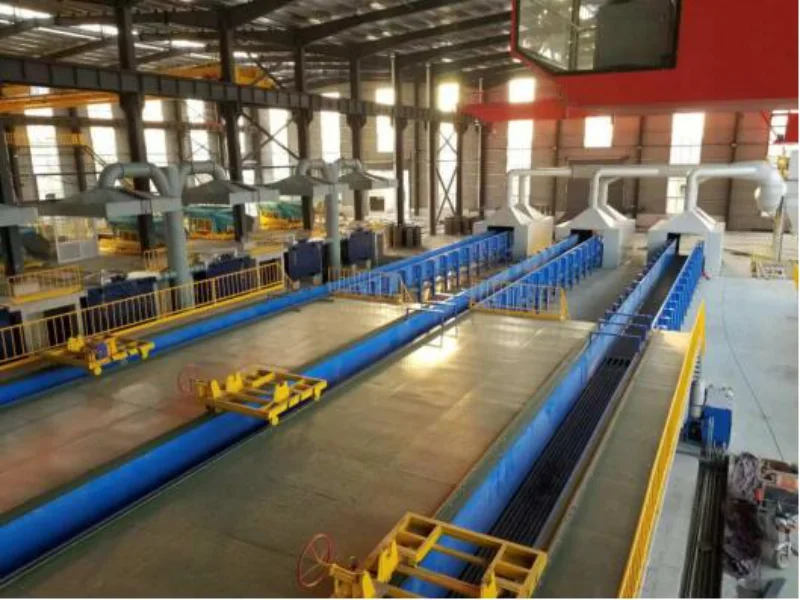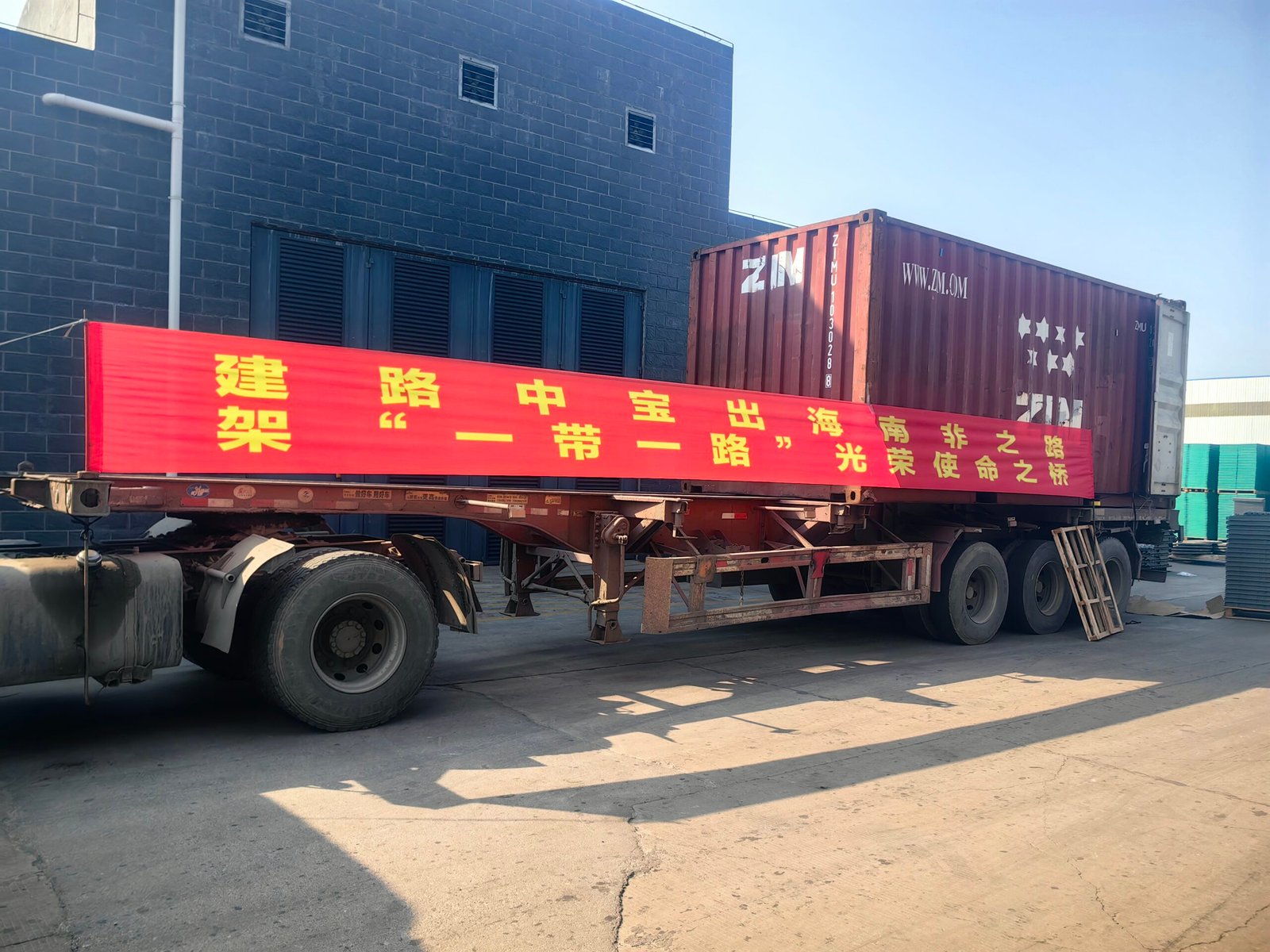Selecting a manhole cover with an integrated frame is a critical decision impacting aesthetics, functionality, and safety. These systems are widely used in residential properties, villa courtyards, and industrial zones. Your choice requires careful evaluation of materials, dimensions, operating conditions, and visual harmony – as proper selection directly determines structural longevity and reliability. This guide details key considerations for choosing polymer-based covers with frames.

1. Material Selection: Prioritize Performance
Opt for Polymers: Choose PP, PE, or GFRP composites for:
- Exceptional corrosion resistance (ideal for septic tanks/drainage shafts)
- 40–60% lighter weight than iron (simplifies DIY installation)
- Lower initial cost vs. metal/concrete alternatives
- Seamless customization to any frame size/shape
- Near-zero maintenance (no anti-rust treatments needed)
2. Dimensions & Shape: Ensure Precision Fit
Critical Measurements:
- Match frame inner diameter exactly (±3mm tolerance; common range Ø500–1000mm)
- Custom sizes available for non-standard installations
Shape Options:
- Round: Universal suitability for most applications
- Square/Rectangular: For architectural integration
Functional Enhancements:
- Ergonomic handles/lifting points
- Tamper-proof locks for security-sensitive areas
3. Operating Environment: Key Determinant
Load Capacity:
- Vehicular zones (driveways/parking): Select GFRP-reinforced designs (EN124 C250 compliant; 5-ton capacity)
- Pedestrian areas: Standard composites (EN124 A15/B125 sufficient)
Climate Resilience:
- Withstand -30°C to 70°C without deformation
- UV-stabilized formulations prevent fading (ISO 4892-2 certified)
4. Aesthetic Integration: Visual Harmony
Design Flexibility:
- Color options: Green, gray, terracotta, or custom RAL matches
- Surface textures: Woodgrain, stone, or grass patterns
- Custom branding: Logos/patterns for cohesive landscaping
5. Cost-Benefit Analysis: Lifecycle Value
Economic Advantages:
- 30–50% lower initial cost than metal alternatives
- 15–20-year service life (vs. 5–10 years for uncoated iron)
- Near-zero maintenance costs (no painting/sealing required)
- 60% lower lifecycle costs versus traditional materials

6. Sourcing Strategy: Trusted Suppliers
Procurement Channels:
- Specialized manufacturers (e.g., Hubei Luzhongbao Metal Products)
- Certified B2B platforms with technical support
Due Diligence Checklist:
Verify ISO 9001 + EN 124 compliance
- Review UV/load performance testimonials
- Confirm ≥10-year warranty coverage
- Request material test reports
Critical Selection Criteria:
GFRP reinforcement for vehicular zones
Frame tolerance ≤3mm
R10–R12 anti-slip rating
On-site installation support




